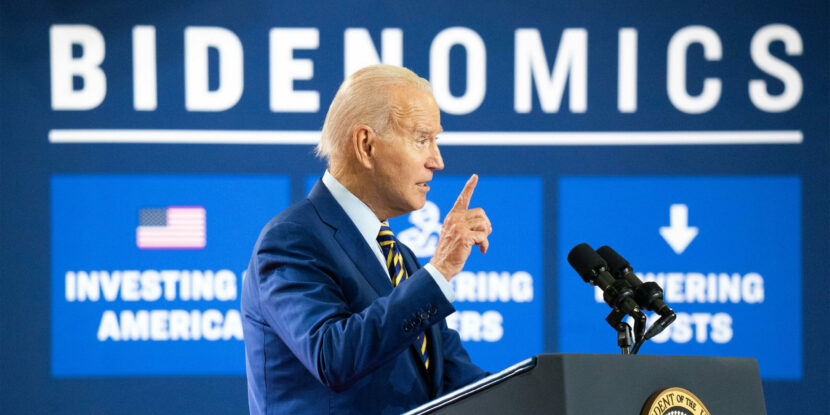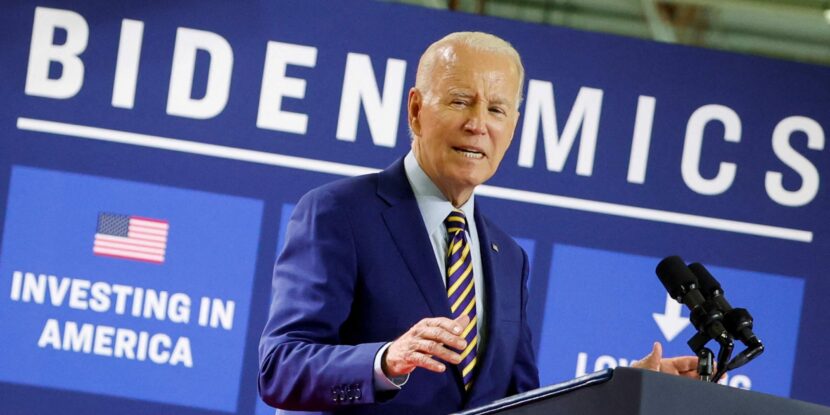Uber and Lyft have pledged to suspend operations in Minneapolis following a year-long dispute with city officials over driver compensation. Last August, the Minneapolis city council passed legislation mandating Uber and Lyft to pay drivers a minimum of $1.40 per mile and $0.51 per minute. Per the city’s estimates, these rates would ensure drivers earn a minimum wage of $15.57 after costs. The new rules would also see drivers being paid while waiting, rather than, as currently, only being paid once they have a passenger.
Mayor Jacob Frey vetoed the measure, asserting it required more refinement. The council members nonetheless introduced another resolution which was approved last week after a 9-4 vote. The city council then proceeded to overrule the Mayor’s veto on Thursday.
Lyft spokesperson CJ Macklin announced the company’s decision to cease operations in Minneapolis when the law comes into force on May 1. Uber, expressing its disappointment, echoed a similar sentiment. The companies have previously challenged minimum wage rules and other legislation in various cities across the U.S, and treated their drivers as independent contractors, thereby not providing employee benefits like health insurance or paid sick leave.
show less











